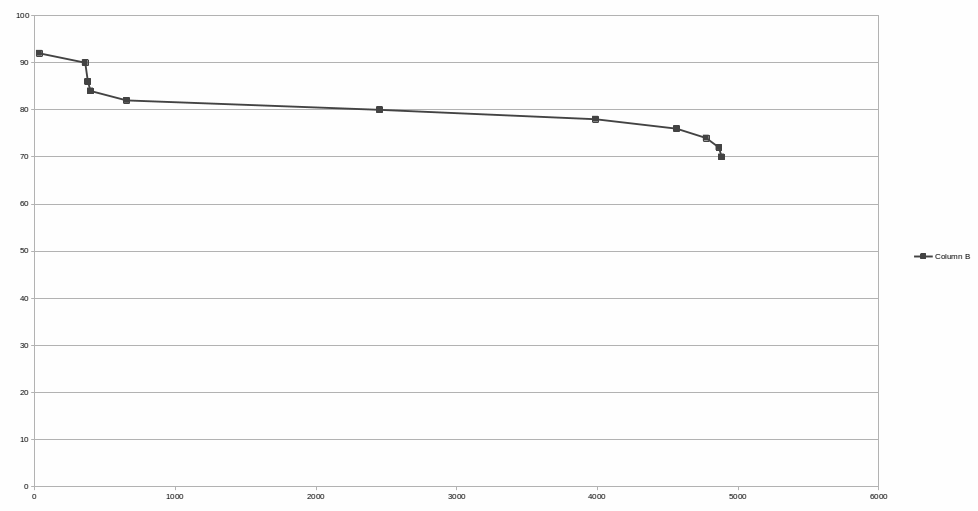
Think Radio’s Guide to Power Systems, Chargers & Batteries

Power Management sounds rather dull, and is often the most overlooked, yet is often the source of significant problems late in the project development cycle. Here we are mostly talking about battery-powered, rechargeable devices, rather than those that are intended to be permanently connected to a mains power supply.
Excellent power management is often a clear sign that all aspects of the product and well-designed.
We should expect:
- Virtually no power consumption when the device is idle or on standby (unfortunately this is one of the most common problem areas, when it is found late in the project that, in some circumstances power consumption remains high, usually because some peripheral has not been correctly shut down, and much time and expense is incurred correcting the defect).
- A smooth and predictable transition to battery exhaustion, with no erratic behaviour, and, once connected to the charger, no loss of settings and a smooth transition back to the normal running state.
- Reliable tracking of the battery state, and clear indications to the user of what’s available and how long it will last.
Like many things in electronics, a balance needs to be struck between device costs, battery longevity, bulk and weight, and recharging time.
Is it the sort of product that it’s reasonable to connect to the charger daily? Or will spend most of its life on the charger, apart from short periods of intense use? Or a device that needs absolute longevity, perhaps whilst near permanently placed in a remote location.
Swappable cells or sealed device? Off-device charging? Designed for alternative single-use disposable battery use?
Wireless Charging
Another alternative Think Radio has experience of is wireless charging.
The current ‘Qi’ standard offers charging currents and voltages up to similar levels possible with a basic USB connection, but no data transfer across the interface other than that used internally for connection negotiation.
Qi is also somewhat complicated in terms of the coupling coils required, magnetically permeable plates and component count, overall making it less suitable for highly price-sensitive applications. However Qi is well-established and may be an ideal solution where a ‘sealed-unit’ sort of product is desirable.
Newer emerging standards supporting both a data connection, and offering more compact PCB-based printed induction coils are beginning to appear.
Sleep
And finally, sleep. Modern devices should consume only microamps of battery current when sleeping, and this can be surprisingly tricky to get right. Commonly a rogue meta-state occurs where not every peripheral correctly enters its lowest-possible current consumption. Or, equally disastrously, there is some loss of state on returning to wakefulness.
Get it wrong, and customers may become very disillusioned with the short battery life or unreliability of your product. Think Radio is able to to design and thoroughly test power management, including measuring and logging currents in the microamp region.